Types of Skin Cancer
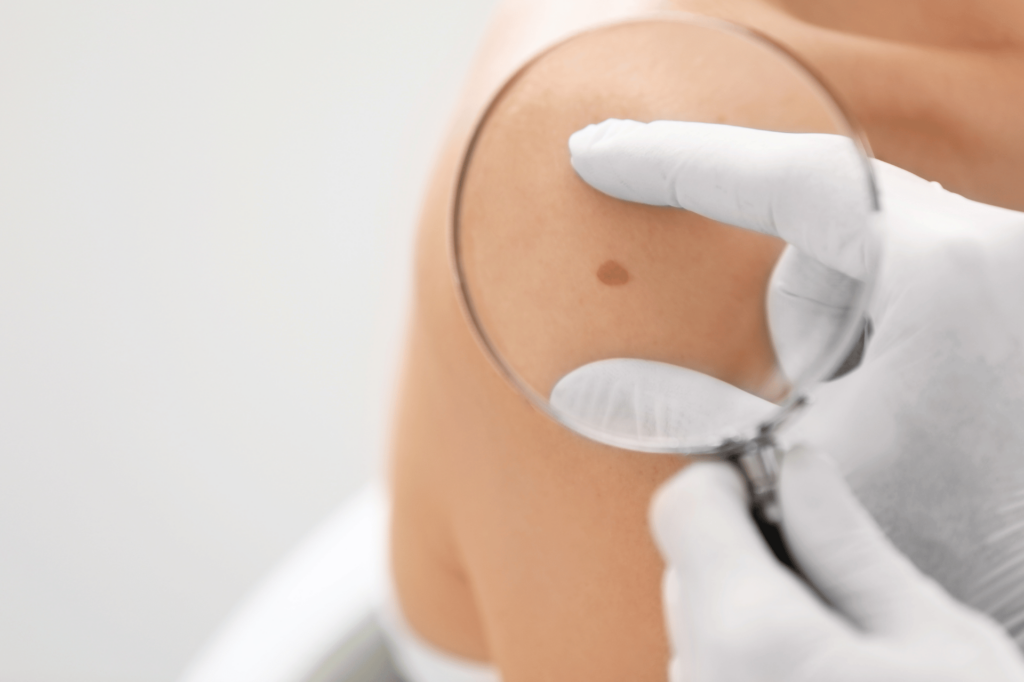
Basal Cell Carcinoma (BCC)
BCC is the most common type of skin cancer.
The development of BCCs tends to be quite slow, taking a period of months to years, and only very rarely do these cancers spread throughout the body. BCCs most commonly appear on the face, head, neck and trunk regions, but can occur anywhere on the body. They can occur in difficult to treat areas such as near the eyes, nose, lips, ears and on the lower legs. In most cases they can be cured leaving excellent cosmetic results.
There are many different types of BCCs and the type that presents as a firm red or red-greyish lump which may bleed from time to time is perhaps the commonest.
For further information click here
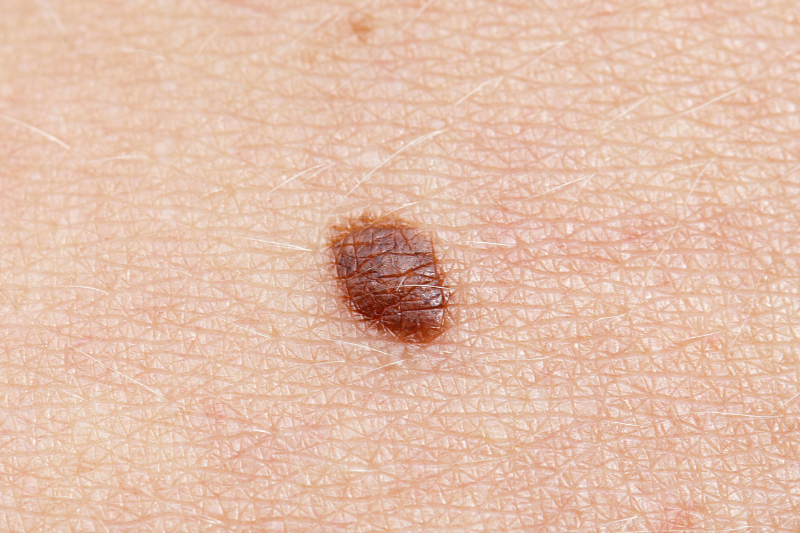
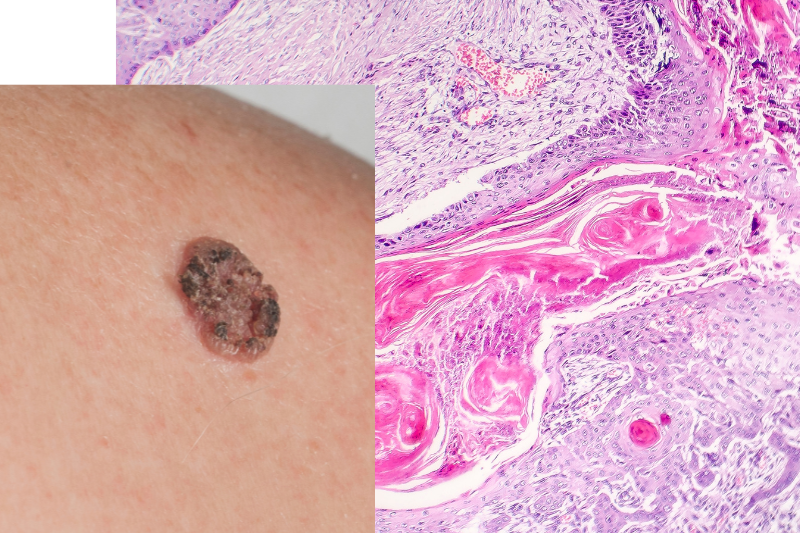
Squamous Cell Carcinoma (SCC)
SCC is the next most common form of skin cancer, and typically grows much faster than a BCC.
SCCs usually present as a scaly, quickly-growing pink lump which may also break down and ulcerate. They most commonly occur on exposed areas such as the face and backs of the hands. Surgical treatment will usually be curative if diagnosed in its early stages. Early diagnosis and treatment is essential as it may spread to other parts of the body.
For further information click here
Malignant Melanoma (MM)
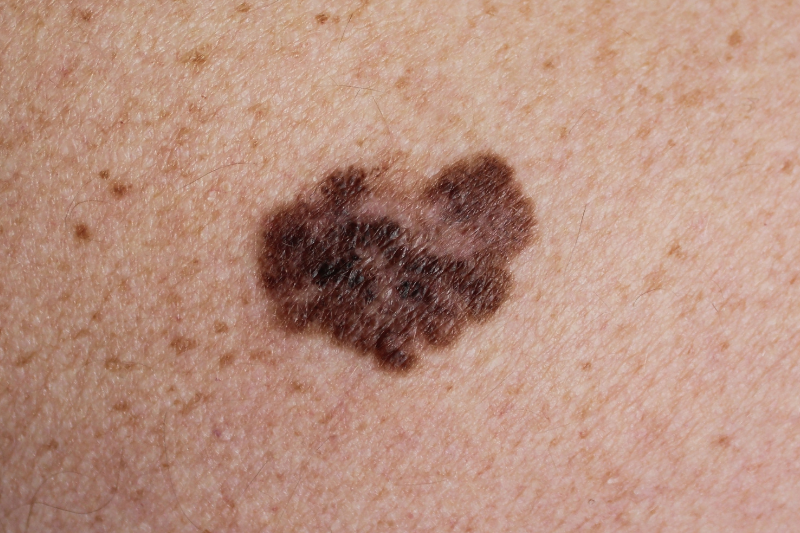
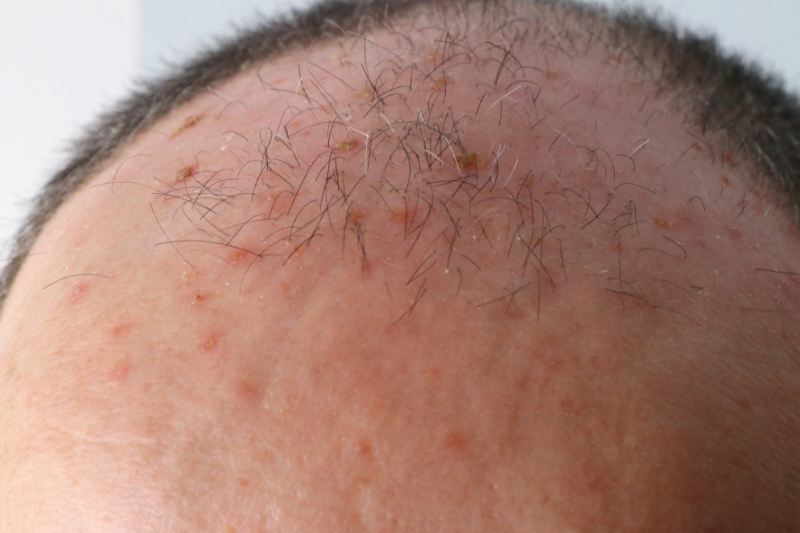
Solar Keratoses or Actinic Keratoses
Solar keratoses, (often called ‘sunspots’), are red, scaling areas of skin on parts of the body which are frequently exposed to sunlight. Most notably they occur on the face, ears, neck forearms and hands. They vary in size from 2mm to 20mm in diameter. They are not painful or itchy, but may sting when exposed to sunlight or if they are rubbed or scratched.
Solar keratoses are not skin cancers but occasionally over time they may develop into a squamous cell carcinoma (SCC). They generally develop in response to long years of exposure to the sun and become more common with increasing age. Solar keratoses indicate intensely sun-damaged skin and are a warning sign that the skin is prone to cancer.
For further information click here
Clues to the presence of Skin Cancer
- Change in colour, edges, or shape of an existing mole
- A spot which bleeds from time to time, seemingly to heal between episodes
- Development of an unexplained lump or persistent red area in the skin
- Development of a new brown red or black spot
